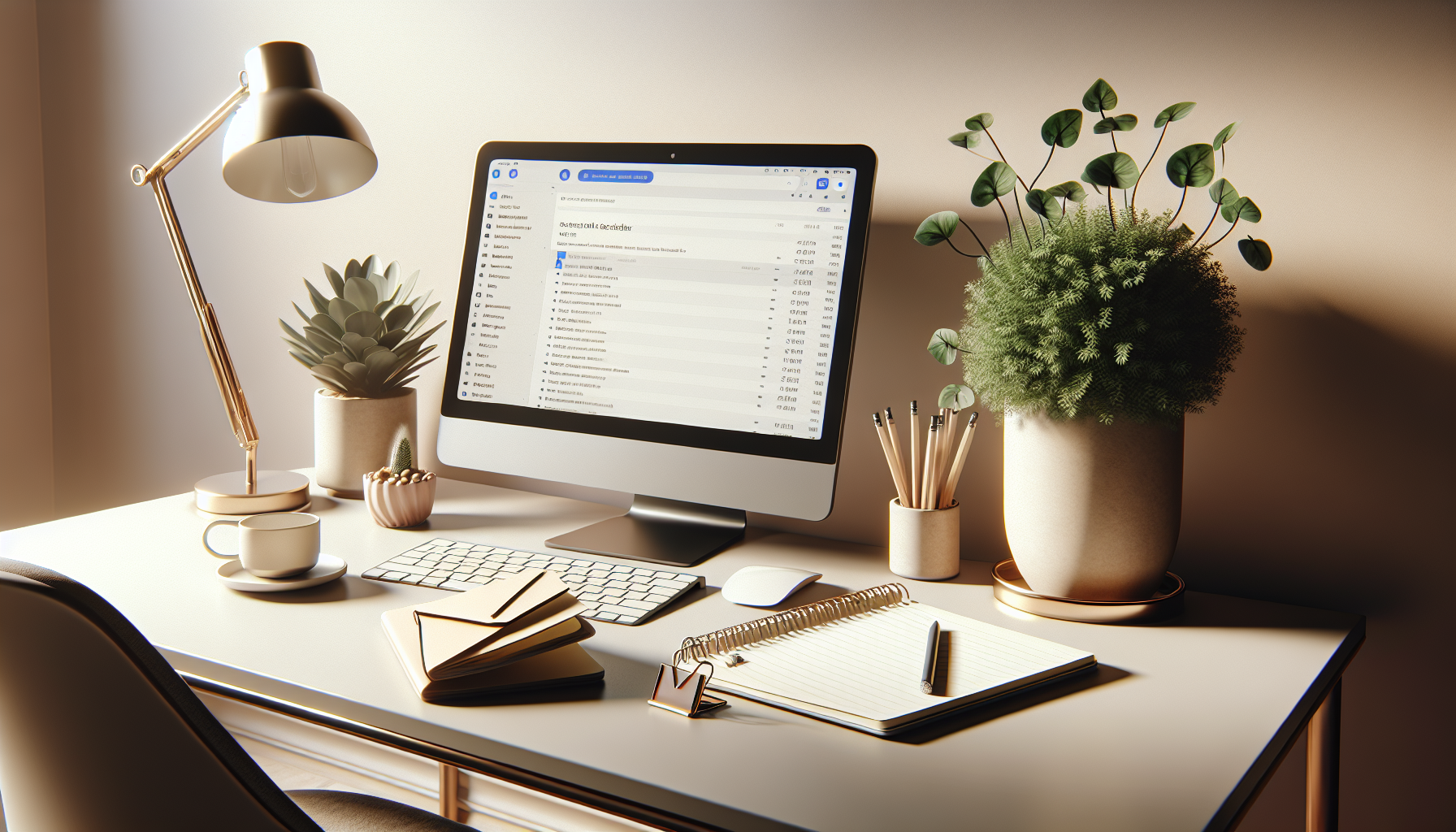Starting a webinar can feel a bit overwhelming, right? You might be wondering where to begin, how to pick the best platform, or even what content to cover. It’s perfectly normal to feel a mix of excitement and anxiety as you plan your online event!
But don’t worry! If you stick with me, I promise you’ll discover some straightforward steps to make your webinar a hit. From choosing the right tools to engaging your audience, we’ll tackle it all together.
By the end of this journey, you’ll be equipped with all the tips and tricks to not only launch your webinar smoothly but also keep your attendees on the edge of their seats. Let’s dive in!
Key Takeaways
- Choose a suitable webinar platform with good video quality and features like chat and screen sharing.
- Plan engaging content with a clear structure—consider audience interests and incorporate visuals.
- Select an optimal date and time; consider time zones and allow ample promotion time.
- Promote your webinar through a landing page, social media, and email marketing. Collaborate with influencers for wider reach.
- Use quality equipment and a distraction-free environment; perform tech checks before the event.
- Engage your audience during the webinar through polls, Q&A, and personalized interactions.

Steps to Start a Webinar
Starting a webinar can feel like a daunting task, but it doesn’t have to be. Think of it as hosting an online chat where you can share your knowledge and connect with people interested in your topic. Follow these steps to get the ball rolling and ensure you deliver a successful event.
Choosing the Right Webinar Platform
The first step in your webinar journey is picking the right platform. There are many options available with various features, so it’s crucial to find one that fits your needs.
Look for platforms that offer solid video quality, ease of use for both you and your attendees, and features like chat, screen sharing, and recording capabilities. Popular choices include Zoom, Webex, and GoToWebinar.
Consider the size of your audience as well; some platforms are better suited for smaller groups, while others can accommodate larger crowds. Most also have different pricing tiers, so make sure you find one that fits your budget.
Planning Your Webinar Content
Creating content for your webinar is like crafting a story; you need a beginning, middle, and end to keep your audience engaged. Start by outlining the main topics you want to cover.
It’s beneficial to know your audience’s interests and pain points. This way, you can tailor your content to address their needs directly. Incorporate engaging visuals like slides or infographics to enhance your message.
Also, remember to time yourself. A great rule of thumb is to aim for a 60-minute presentation with 40-45 minutes of content and the rest for Q&A. This keeps things interactive and allows participants to engage with the material.
Setting Up Your Webinar Date and Time
Choosing the right date and time for your webinar can significantly impact attendance. Assess your target audience’s schedule to find the ideal time slot.
Consider factors like if your audience is local or global. If they are from various time zones, opt for a time that accommodates most people, like mid-morning or early afternoon.
Using scheduling tools can help find the best timing, and don’t forget to check for any competing events or holidays that could affect turnout.
Finally, once you’ve settled on a date and time, give yourself enough lead time to promote the event effectively. This way, you allow potential attendees enough time to mark their calendars.

Promoting Your Webinar Effectively
Promotion is crucial for a successful webinar, as it directly impacts attendance. Start by creating an eye-catching landing page with all the essential details. Include the topic, date, time, and any guest speakers to entice people.
Leverage your social media platforms to spread the word. Post reminders regularly leading up to the event, and consider using engaging graphics or short video teasers. Hashtags related to your topic can also help increase visibility.
Email marketing is another effective tool. Send out invitations to your mailing list and follow up with reminders as the date approaches. Make sure to emphasize what attendees will gain by joining, whether it’s valuable knowledge or interaction with industry experts.
Don’t overlook collaboration; partner with influencers or other webinar hosts in your niche to reach a broader audience. They can share your event with their followers, boosting your reach significantly.
Finally, consider using paid advertising. Platforms like Facebook and Google Ads allow you to target specific demographics, making it easier to reach the right audience for your topic.
Preparing Your Equipment and Environment
A successful webinar requires the right equipment and a conducive environment. Check that your computer meets the platform’s tech requirements, especially regarding camera and microphone quality.
A good-quality microphone can make a noticeable difference in sound clarity; invest in one if necessary. Make sure your camera offers clear visuals, as this helps keep your audience engaged.
Before the webinar, test all your equipment thoroughly. Check your internet connection speed to avoid interruptions during the presentation. Tools like speed tests can help ensure everything is up to par.
Create a quiet space for your webinar, free from distractions. Choose a clean, well-lit area where you can be seen clearly, and consider using a simple background or a virtual backdrop that fits the theme of your presentation.
Finally, have backup options ready, such as a secondary device or internet connection, in case something goes wrong. This preparation can save you a lot of stress when it’s showtime.
Delivering a Successful Webinar
Delivery is just as important as content when it comes to webinars. Start strong by introducing yourself and outlining what attendees can expect. This helps set the tone and gives them a roadmap to follow.
While presenting, keep your tone conversational and engaging. Use your personality to connect with the audience. Humor can lighten the atmosphere and make your presentation memorable.
Don’t forget to utilize visual aids. Share slides or videos to complement what you’re saying; this makes it easier for attendees to follow along and retains their interest throughout the session.
Incorporate interactive elements, like polls or Q&A sessions, to keep participants active. This encourages engagement and makes the experience more enjoyable for everyone.
Finally, wrap up your webinar by summarizing the key points. Remind attendees where they can find further resources or reach out for more information. A strong closing leaves a lasting impression and sets the stage for future interactions.
Engaging Your Audience During the Webinar
Engagement is key to retaining audience attention during your webinar. Start by asking questions to encourage participation right from the beginning.
Consider using chat features to allow attendees to comment or ask questions as you present. This real-time interaction can make participants feel more involved.
Utilize interactive tools like polls or quizzes. These not only break up your presentation but also give you immediate feedback on audience understanding and interest.
Be sure to call out audience members by name when answering questions or acknowledging comments. This personal touch can enhance their connection to the experience.
Finally, maintain eye contact by looking into the camera, not just at your screen. This small action helps make it feel more like a conversation, rather than a lecture, and keeps your audience engaged.

Following Up After the Webinar
Following up after your webinar is just as important as promoting it beforehand. It not only shows that you value your attendees but also helps keep the conversation going.
Start by sending a thank-you email to all participants, expressing your appreciation for their time and engagement. This personal touch can leave a lasting impression.
In your follow-up email, include a link to the webinar recording for those who couldn’t attend live. This gives them a chance to catch up on what they missed and adds value to their experience.
Consider sending out additional resources or a recap of the key points discussed. This reinforces the information shared and encourages continued learning.
Ask for feedback on the webinar. Simple surveys or email responses can provide you with valuable insights for future improvements.
Lastly, don’t forget to invite attendees to your next webinar or related events. This keeps your audience engaged and looking forward to more opportunities to connect.
FAQs
Consider features like ease of use, participant capacity, interactive tools, and compatibility with your equipment. Additionally, assess the platform’s pricing, customer support, and integrations with other tools or software you use.
Use social media, email marketing, and relevant online communities to promote your webinar. Create engaging visuals and a clear message, and consider offering early bird discounts to incentivize registrations.
At a minimum, you need a reliable computer, high-quality microphone, and webcam. Ensure you have a stable internet connection and consider using a ring light for better video quality.
Encourage interaction through polls, Q&A sessions, and live chat. Use storytelling and relatable examples to maintain interest, and ask for feedback during the session to create a dialogue.
